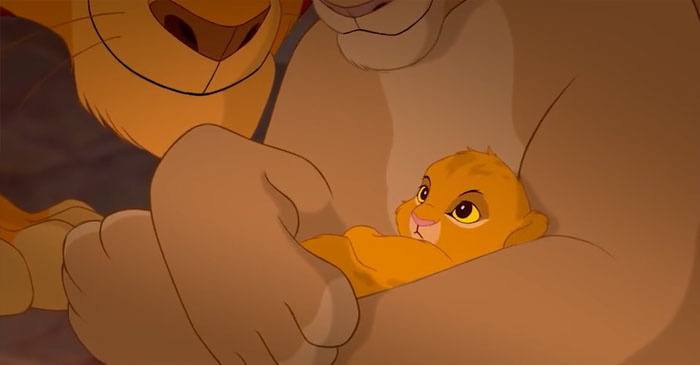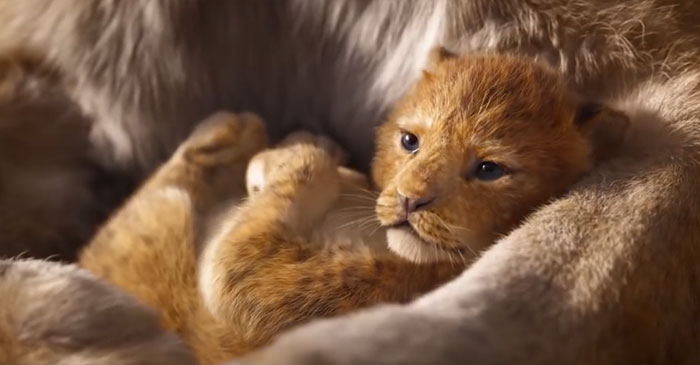There are those « spot the difference » games, where players, comparing two quite similar images, must notice small variations between them.
What we see here is quite the opposite : the context, the scene, are similar, the obvious difference stands in the rendering, when the first one is a cartoonesque image, and the new one « realistic ».
One could be fooled, thinking it is a photograph when describing a landscape, yet quite puzzled when showing characters, in that case, animals.
Augmented reality, hyper-realism, digital special effects have started to deceive us, although we know, being told so, that it is artificial.
Now, what will happen when technology will be so perfect that it will be impossible to perceive the artifice ?
There enters ontology which allows discerning real from reality.
While robots are elaborated to be closer to life, real people of the public scene, are surgically « improved » tending to some sort of plastic perfection.
All in all, mutatis mutandis for the oxbridgians, we are caught in a salsa of enhanced reality which differs from the real.
With much less effort than landing on Mars, we can conflate a collusion between technologies ending up in a representation of an idealistic imaging of a supposed reality, such as robotic surgery coupled with a 3D sort of Photoshop that will produce neo-canons of supposedly perfect people, incorporated (in the Latin sense) in a perfect environment.
Already, cinemas have become eateries where, secondarily, a film featuring fantasy worlds, is incidentally projected to intensify feeding, just like Beethoven is cast in stables.
George Orwell forecasted a world where saturation was the mod and it becomes hard to thing he was wrong.
The higher we climb...
Texte by Addé


Photos via boredpanda.com


